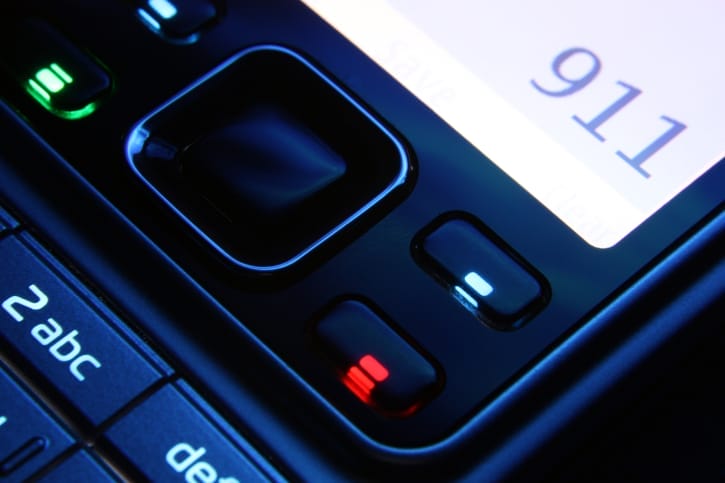Moments after twin explosions rocked downtown Boston, hundreds of thousands of spectators and marathon runners reached frantically for their phones to get in touch with loved ones. Later, recognizing that the majority of those present during the attack were equipped with smartphones, Boston Police Commissioner Ed Davis held a press conference where he made a plea for the public to submit any photos taken during those hectic moments. Out of the countless images sent in, it was an amateur cellphone picture that helped identify Suspect Number Two, Dzhokar Tsarnaev, and eventually bring him to justice.
This past year bore witness to a string of tragedies that shook our communities to the core: From a movie theatre, to a house of religious worship and, most shocking, an elementary school. On average every two weeks a mass shooting occurs in the U.S. Luckily, the innovative spirit in this country is as strong as ever, and the tech space is beginning to outpace legislation with innovations designed to provide each of us with a little more control over our safety.
Leveraging the mass adoption of smartphones in recent years—greater than 55 percent of mobile users, or 129 million people, use them—many have turned to mobile technologies for emergency management purposes. Apps have been created to alert friends and family if a loved one is in danger; while other technologies allow mass-text messages to inform community members of ongoing emergency situations. In fact, during an emergency situation—like that in Boston—major cell carriers advised users to text, email or use messaging apps to communicate with one another, in order to free up bandwidth for emergency calls.
While these are all well-meaning responses to very serious issues, they are all reactive solutions. They may help respond to an emergency situation, but do they help prevent them from occurring?
In the 1960s, U.S. law enforcement developed a strategy to combat the growing crime rate. Through opening communication channels and empowering community members to take more ownership over securing their neighborhoods, crime rates took a significant hit. Today, it is possible to take this model of community policing to a new and more impactful level, with mobile technologies that can better facilitate information sharing between members of the community and law enforcement.
Imagine taking a picture or video of an incident and transmitting it to the nearest authorities with precise GPS coordinates. Now imagine that tip showing up on the smartphones of others in your community on a social safety map they can interact with. You’ve just enabled members of your community to make wiser, safer decisions with this information.
This crowd-sourced approach toward public safety will fundamentally change the current paradigm. We have only 250 police officers responsible for protecting every 100,000 citizens (based on national police to citizen ratio), but we could have 100,000 citizens empowered and inspired to help keep everyone safe.
If this past year’s tragedies have taught us anything, it is that our resilience as communities is what keeps us moving forward. Using this forward momentum, it is up to each of us to stay engaged and participate in the safety and well-being of our communities.

























